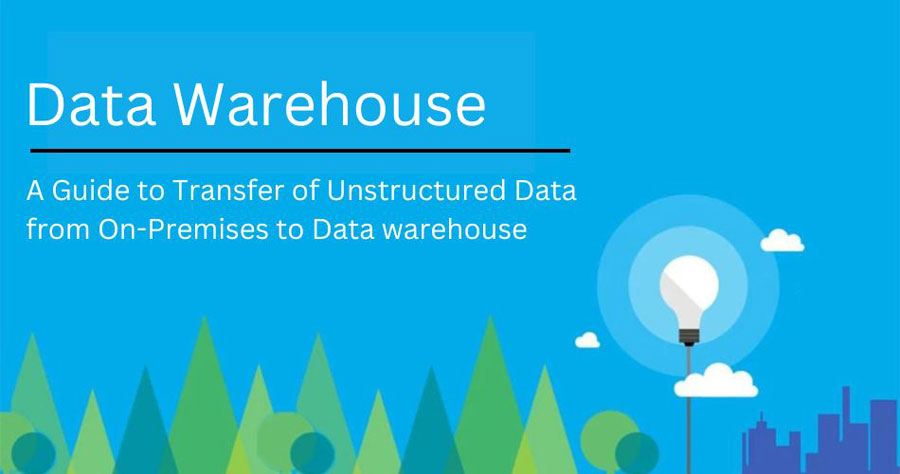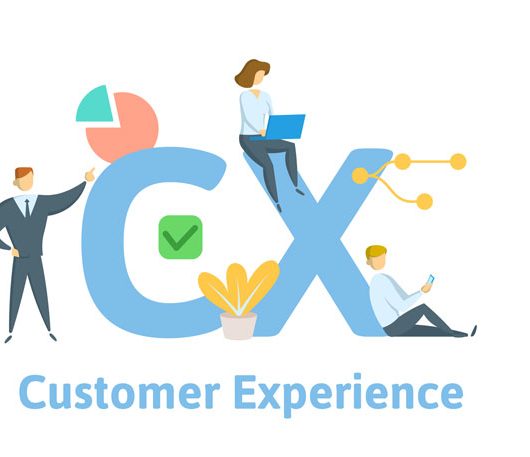Many businesses have been using data warehouses for a variety of analytical reasons as well as decision-making for quite some time now, particularly in departments such as sales, marketing, and finance that often employ reports and dashboards. According to Microsoft, the advent of digital technologies over the course of the last several years has significantly altered the environment of data warehouses solutions consultants.
Your company is one of a kind, and so are the requirements for your cloud architecture. You can have a favored development and operations tool or an in-house analytics platform that you’ve built yourself. Perhaps your data is stored in the cloud, but you do not have the architecture necessary to harvest your data and turn it into insights that can be used by your company.
Why Should You Rely on Data Warehousing Consultants When Migrating Your Enterprise to the Cloud?
- Proven processes and frameworks have been refined through the numerous successful corporate cloud migrations that can be completed.
- Customers may expect a quick turnaround time for their orders.
- Change management. The resistance that exists inside an organization’s culture is the root cause of many failed cloud migrations.
- An approach to a cloud architecture that is outcome-driven helps save time and results in significant cost savings.
Why Would You Want to Move Your Data Warehouse Online?
Many companies are moving their data warehouses to the cloud in order to improve their data capabilities and carry out activities such as adopting machine learning in their day-to-day operations. Moving data and applications to the cloud not only makes integration with more recent technological systems easier but also increases the level of data protection offered by the solution. Moving your data warehouse to the cloud has several advantages that significantly exceed those of keeping it on-premises. These advantages include the following:
1. Performance
You will have a greater degree of success in optimizing your data warehouse if you utilize the cloud. The rise in overall capabilities of the hardware and software used to handle your data is attributed to the fact that your data warehouse is hosted on the cloud. Your solution could function more intelligently.
2. Speed
Ingestion, transformation and analysis, cleaning, consolidation, and integration of the data are all required steps in the process of creating a data warehouse. The results are then used to generate various types of visualizations and reports. This process will take some time. The access control features guarantee that there is no compromise of data integrity, despite the fact that numerous customers and workers concurrently have access to this data. There is no need for you to be concerned about the data being inaccurate, inconsistent, or incomplete in any way.
3. Increased convenience and access
Accessibility refers to making sure that your company’s products and services can be used by the greatest number of individuals feasible. The majority of today’s firms recognize the need of adaptability and ease of access in order to compete successfully in today’s marketplaces. If your data warehousing infrastructure is restricted to a certain geographical region, then this cannot be accomplished.
4. More secure data
On-premises data warehouses have traditionally been held in higher regard for their level of security compared to cloud data warehouses. However, organizations are coming to the conclusion that storing data in the cloud is really safer and requires fewer resources to manage.
Data warehouses located on the site employ full-time personnel to monitor and maintain database security. This is not only a time-consuming activity, but it also has a high potential for human mistakes. In addition, on-premises data might exist in a wide variety of places, which makes it difficult to trace and monitor the flow of data.
Contingency planning
Prepare yourself to fail, but also be aware that dividing the job into stages has the additional advantage of reducing the impact of any failures that do occur. Prepare yourself to roll back to an earlier phase state in the event that one of the phases fails. You may want to hold off on unplugging the previous platforms just in case you need them during the rollback process. It is inevitable that your old and new data warehouse platforms (both on-premises and on clouds) will operate simultaneously for a period of time that could range from months to years, depending on the volume and complexity of the data, user groups, and business processes that you are migrating. This will be the case whether or not you choose to host your data warehouse on-premises or in the cloud.
Bottom Line
There are already Data warehousing consultants working for businesses of all sizes and stages of development. When an existing warehouse is modernized, upgraded, or improved in any other way, one of the most common requirements is to migrate data from one platform to another. Data migrations in today’s world often transfer data from on-premises systems to cloud-based ones. This is due to the fact that platforming is a frequent technique for modernizing data warehouses. This is true regardless of whether you want to rip-and-replace the principal platform of the warehouse or supplement it with other data platforms.











